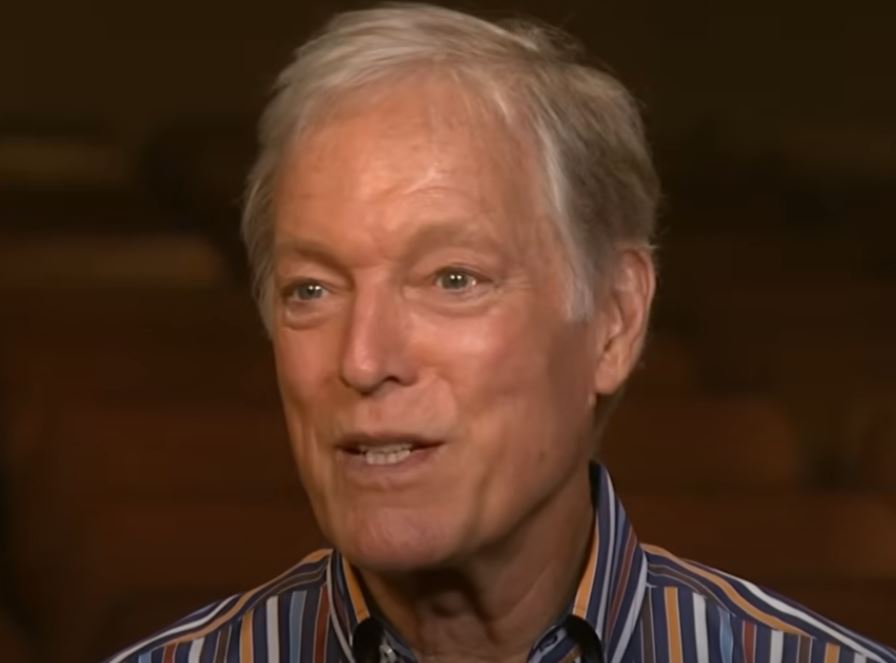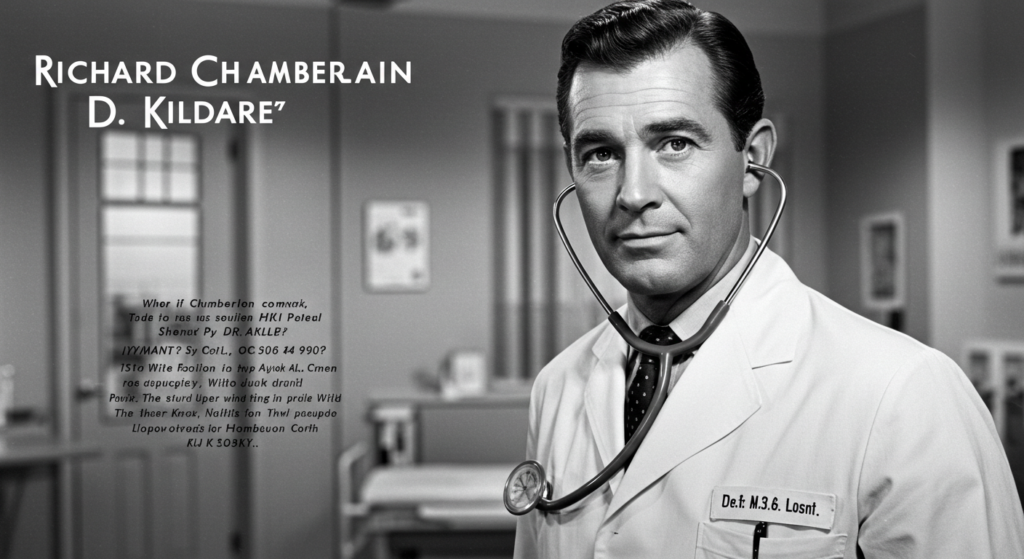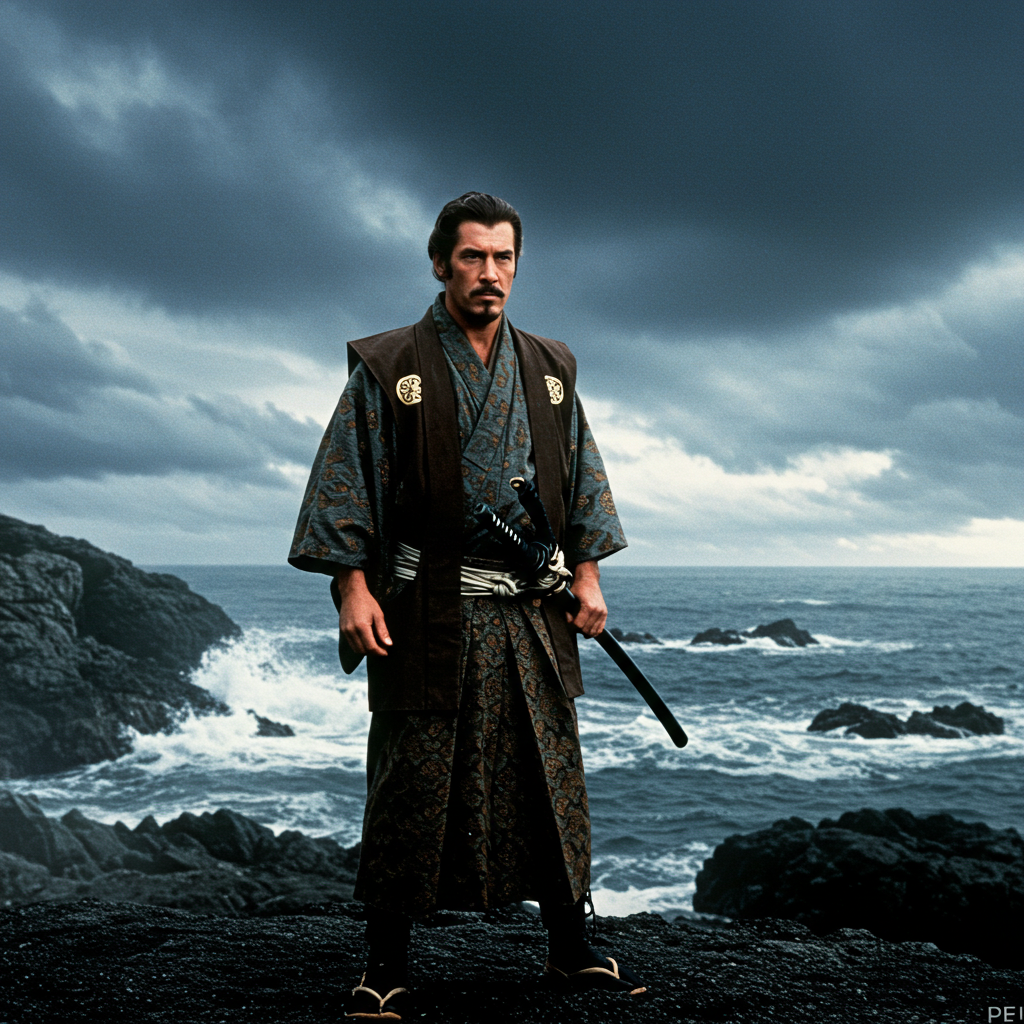Richard Chamberlain, the beloved actor known for his iconic roles, has passed away at 90. Discover his remarkable legacy and contributions to film and television.
Richard Chamberlain: A Life on Stage and Screen (1934-2024)
The world of entertainment mourns the loss of Richard Chamberlain, the iconic actor who captivated audiences for decades with his charm, talent, and versatility. Chamberlain, who passed away at the age of 90, leaves behind a legacy that spans television, film, and theater, marked by unforgettable performances and a groundbreaking personal journey. This is not just a recounting of a career, but a celebration of key moments that defined a star.
Early Life and the Rise of Dr. Kildare (1934-1966):
Born in Beverly Hills, California, in 1934, George Richard Chamberlain’s path to stardom wasn’t immediate. He initially pursued painting at Pomona College before the acting bug bit him. These early years are crucial, but it’s the television role that defined a generation that we must highlight: Dr. Kildare.
- Key Fact: Dr. Kildare (1961-1966) catapulted Chamberlain to international fame. His portrayal of the young, idealistic physician made him a household name and a teen idol. The show’s success was unprecedented, and Chamberlain’s face was everywhere. This was the defining role of his early career.
The Dr. Kildare years were more than just a job; they were a cultural phenomenon. Chamberlain received thousands of fan letters weekly, and his image graced magazine covers and merchandise. This period solidified his position as a leading man, but it also presented the challenge of breaking free from the typecasting that often accompanies such intense early success.

Breaking the Mold: The Stage and Beyond (1967-1980):
After Dr. Kildare, Chamberlain made a conscious decision to challenge himself and expand his range. He turned to the stage, a move that surprised many but proved his dedication to the craft.
- Key Move: Chamberlain moved to England and immersed himself in classical theater. He took on roles in Shakespearean productions, including Hamlet (1969), earning critical acclaim and demonstrating his versatility. This period is crucial because it showcases his commitment to artistic growth, far beyond the confines of a television heartthrob.
His performances in England were a revelation. Critics praised his dedication and his ability to tackle complex roles. He wasn’t just Dr. Kildare anymore; he was a serious actor, capable of commanding the stage with the same intensity he brought to the screen. This period also saw him take on diverse film roles, including:
- The Madwoman of Chaillot (1969)
- The Music Lovers (1970)
- The Three Musketeers (1973)
- The Towering Inferno (1974)
These roles showcased his range, from period dramas to action-packed blockbusters. He was deliberately choosing projects that challenged him and allowed him to explore different facets of his talent.
The King of the Miniseries (1980-1990):
The 1980s marked another significant turning point in Chamberlain’s career. He became synonymous with the television miniseries, a format that allowed for in-depth storytelling and character development.
- Key Achievement: Chamberlain starred in several highly successful miniseries, including Shōgun (1980) and The Thorn Birds (1983). These productions were major television events, drawing massive audiences and earning Chamberlain further accolades. He became known as the “King of the Miniseries” for his ability to anchor these sprawling narratives.
Shōgun, based on James Clavell’s novel, was a groundbreaking production, immersing viewers in feudal Japan. Chamberlain’s portrayal of Pilot-Major John Blackthorne was captivating, showcasing his ability to portray complex characters navigating unfamiliar cultures. The Thorn Birds, a sweeping saga of forbidden love, further solidified his status as a television icon. These miniseries weren’t just popular; they were cultural touchstones, discussed and debated by millions.

Later Career and Coming Out (1990-2024):
Chamberlain continued to work steadily in the following decades, appearing in television shows, films, and stage productions. He embraced character roles, showcasing his enduring talent and versatility. However, a significant event in his later life was his decision to come out as gay in his autobiography, Shattered Love (2003).
- Key Moment: Chamberlain’s coming out at the age of 69 was a courageous act that had a significant impact. He became a role model for many, demonstrating that it’s never too late to live authentically. This decision added another layer to his legacy, highlighting his personal strength and his willingness to use his platform to promote understanding and acceptance.
His later career included roles in shows like Will & Grace, Desperate Housewives, and Brothers & Sisters. He continued to perform on stage, including a Broadway run in The Sound of Music (1999). He never stopped working, always seeking new challenges and opportunities to connect with audiences.

A Legacy of Talent and Courage:
Richard Chamberlain’s career is a testament to his talent, versatility, and dedication. He navigated the challenges of fame, constantly seeking to grow as an artist. He broke free from typecasting, conquered the stage, and dominated the television screen. His decision to come out later in life added another dimension to his story, highlighting his courage and his commitment to living authentically.
- Key Takeaway: Richard Chamberlain’s legacy is not just about his iconic roles; it’s about his journey as an artist and as a person. He was a talented actor, a dedicated performer, and a courageous individual. He will be remembered not only for the characters he brought to life but also for the life he lived.
His impact on the entertainment industry is undeniable. He paved the way for future generations of actors, demonstrating that it’s possible to have a long and successful career while remaining true to oneself. His story is an inspiration, a reminder that talent, perseverance, and courage can lead to a life well-lived, both on and off the screen. He leaves behind a body of work that will continue to entertain and inspire for years to come, a legacy that cements his place as one of the greats of stage and screen. He was a pioneer, a heartthrob, a serious actor, and ultimately, an icon. His story is a reminder that artistic journeys can be as compelling and dramatic as the roles themselves.

